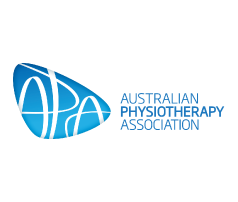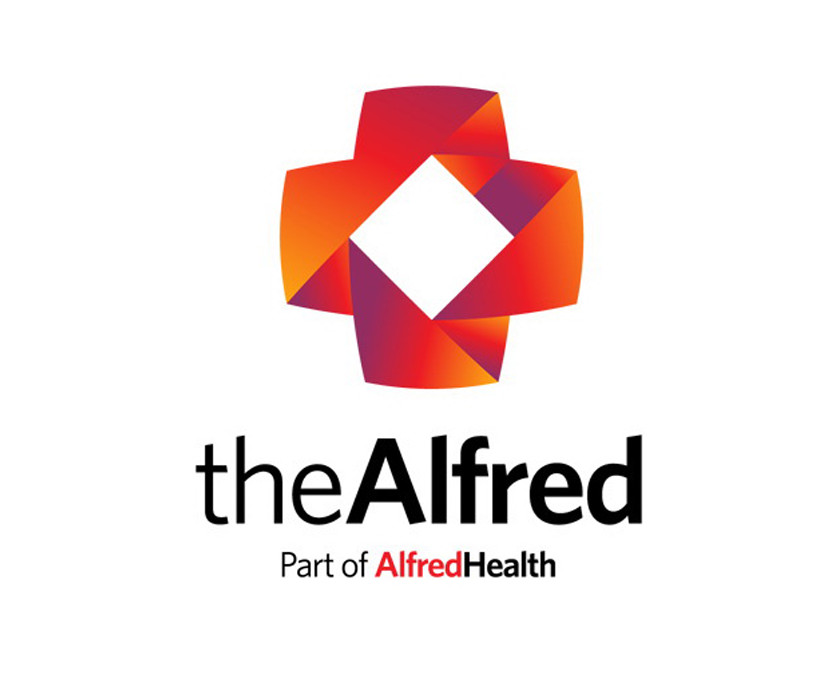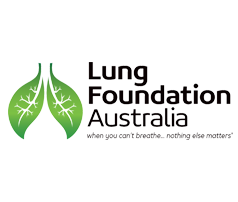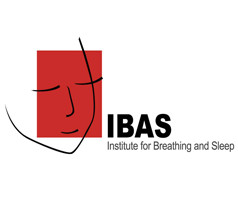History
Respiratory:
Nature of the cough * – wet or dry, clears with antibiotics, intermittent or persistent
Other respiratory symptoms such as wheeze, dyspnoea on exertion
Frequency and severity of exacerbations
Response to medications such as antibiotics, bronchodilators, mucolytic therapy and inhaled steriods
Associated complications including haemoptysis or cardiac complications (including sinus inversus)
Upper respiratory symptoms such as otitis media or sinusitis, may lead to consideration of Primary Ciliary Dyskinesia (PCD)
Inhaled foreign body
Exercise tolerance
Hospital admissions (respiratory)
* Cough in children – from kidshealth.org.nz
Non-respiratory:
Abdominal pain or diarrhoea, may suggest bronchiectasis is secondary to cystic fibrosis (CF) or underlying inflammatory bowel disease
Infections in non-respiratory organ systems such as meningitis, may suggest underlying immune deficiencies
Failure to thrive
Vaccination history
Family history:
Family members with similar symptoms may suggest conditions such as CF or PCD
Exposure to tobacco smoke at home
Onset of symptoms:
Examination
General examination of the paediatric patient should include:
Overall growth parameters and comparison to age matched normal values as some cause of bronchiectasis may have direct influences on growth – such as IBD or CF while severe bronchiectasis may cause growth retardation due to increased basal metabolic rate due to increased pulmonary inflammation associated with the bronchiectasis.
Resting respiratory rate and associated respiratory signs – cough wheeze tachypnoea and increased work of breathing should also be noted.
Craniofacial abnormalities and neurological conditions including cerebral palsy or neurological degenerative conditions with impaired oropharyngeal co-ordination may explain underlying bronchiectasis.
Digital clubbing is frequently seen in bronchiectasis but while it does not reflect severity of bronchiectasis it may indicate length of time it has been present as in early cases clubbing may not be present.
Examination of the upper airway may offer suggestions to conditions such including PCD or CF (nasal polyps).
Chest examination should include assessment of thoracic expansion which may be asymmetrical with regional bronchiectasis and the presence of any scars suggesting previous surgery including transplantation.
Auscultation of the chest may reveal localised abnormalities in regional bronchiectasis or diffuse changes associated with impaired muco-ciliary clearance – tussive crepitations ie. crepitations that change in character after coughing may also be present.
Check for dextrocardia (suggestive of Kartagener’s syndrome)
Check for dental caries which are a source of infection
Investigations
Radiology
The initial radiological assessment of suspected bronchiectasis is done through using a plain chest X-ray however it should be remembered that studies from conditions associated with progressive bronchiectasis such as Cystic fibrosis have suggested that early changes may well be missed on plain chest X-ray and CT scan of the chest will provide a more detailed assessment of structural lung damage.
The use of the CT scan as an assessment tool must however take into consideration the additional radiation exposure associated with this imaging modality compared to plain chest X-ray. Low dose CT scans should be used in paediatrics as adequate images can be produced for a fraction of the radiation. A CT scan is important as a diagnostic tool but can also give useful information regarding mucous plugging.
Several studies have indicated that plain MRI scanning of the lung or MRI scanning of the lung using high density gases such as hyperpolarised helium and Xenon may prove to be a useful imaging modality by providing detailed assessment of lung structure and in some cases lung ventilation with a non radiation based technique.
Lung Function
Lung function should be determined in all pediatric patients with bronchiectasis. Generally patients are able to perform reproducible and meaningful spirometry after about 6 years of age. Spirometry may give some help in establishing the level of morbidity associated with bronchiectasis at diagnosis but is also a useful tool to assess disease progression and the effect of interventive therapies. Children under the age of 6 are generally unable to perform meaningful and clinical useful spirometry and while several techniques have been developed to aid is assessing lung function in these younger infants – e.g. multibreath washout technique to determine lung clearance index the tests are generally not considered useful in assessing or following clinical conditions such as bronchiectasis.
Lung function testing may also include lung volume tests to assess for air trapping secondary to small airway disease.
In older children, nasal nitric oxide tests may be used to screen for Primary Ciliary Dyskinesia.
Pathology
Microbiological assessment of airway secretions is an important aspect of assessment of the paediatric patient with bronchiectasis. Children with a wet cough, who are not responding to a course of antibiotics, should have a sputum sample analysed.
Children over the age of 6 are usually able to expectorate sputum however younger patients may require other techniques. In certain cases bronchial lavage under general anaesthesia may be required.
An annual sputum sample screening should be considered for children who are able to expectorate.








